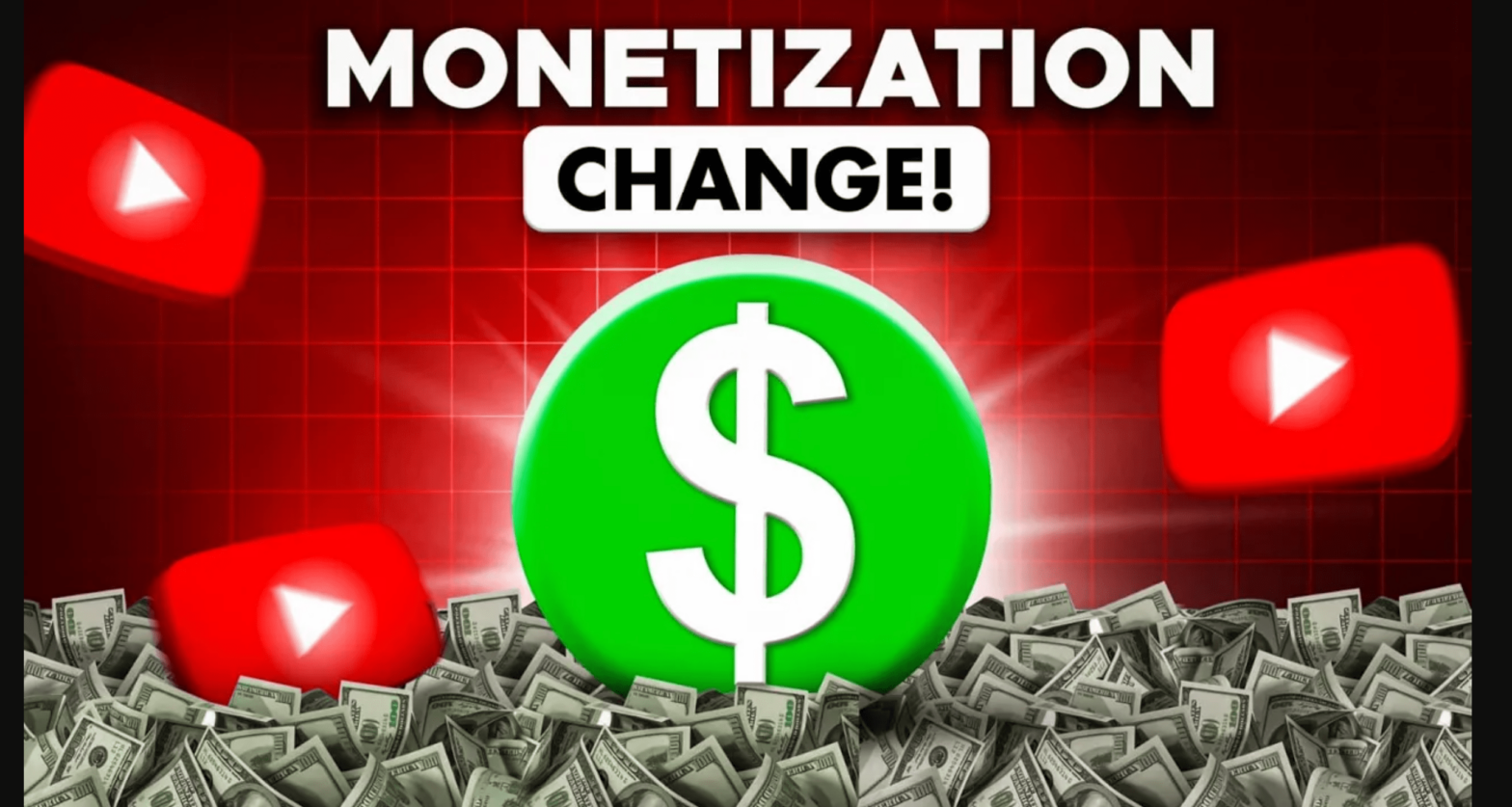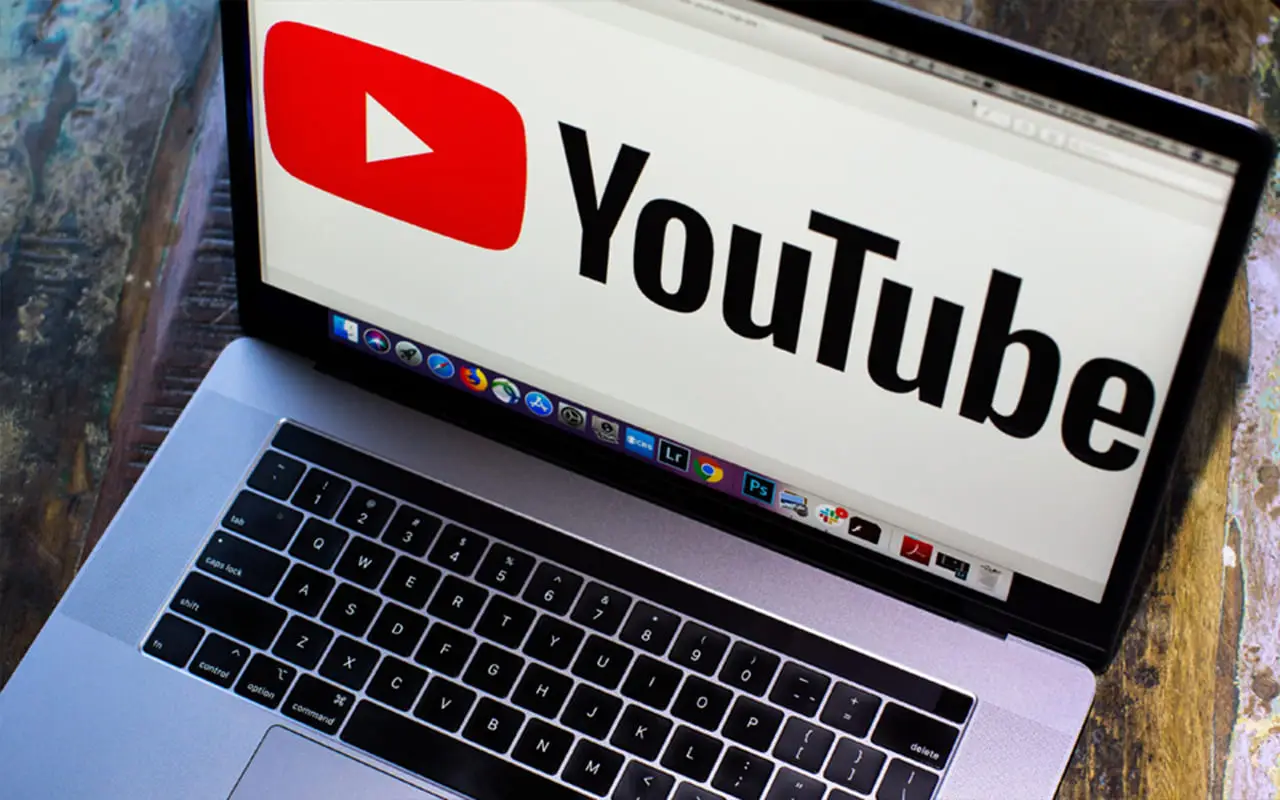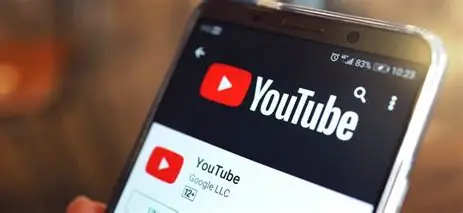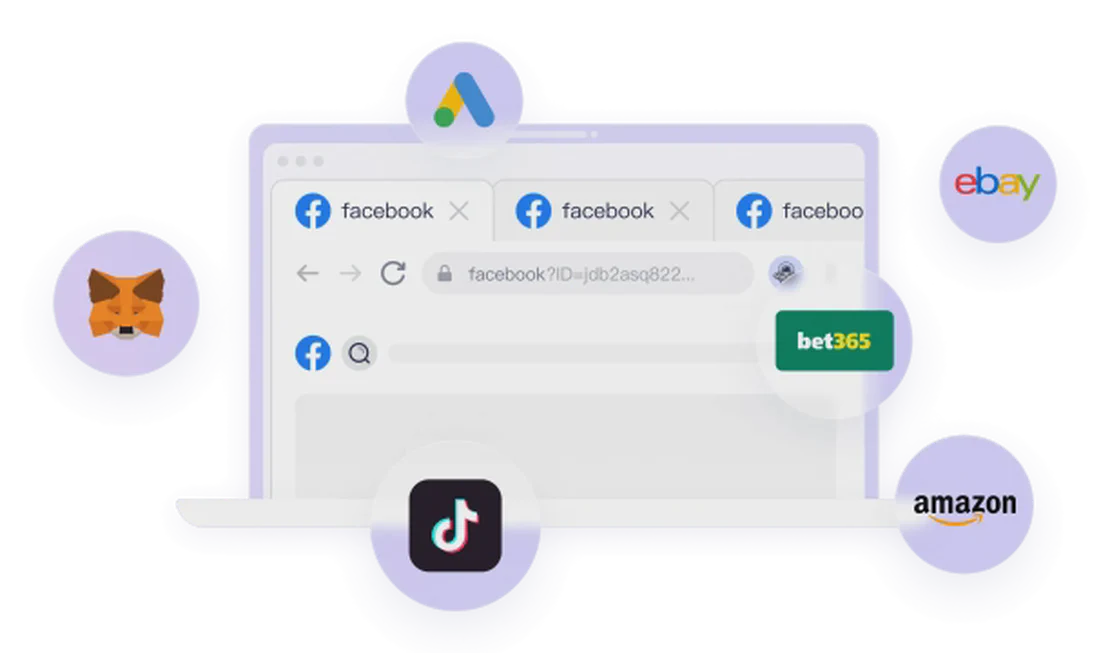Have you ever found your YouTube channel stuck, struggling to break past the 147-subscriber mark, diligently posting Shorts every day, only to feel like your content is vanishing into a void? Is it a broken algorithm, or just bad luck? Perhaps the answer is far simpler, and more brutal than we dare to admit. In 2025, YouTube’s monetization rules have evolved into a new tiered system. This means you need to meet new data thresholds, and more importantly, the platform is using a new set of criteria to filter for true “creators,” not just “content publishers.”
The steps outlined in the next few minutes could be the watershed moment that decides whether you turn your channel from a “hobby” into a “career.” It will reveal the real traps holding your channel captive and the three key moves that can propel you across the monetization finish line.

Understanding the New Rules: The “Foot-in-the-Door” and the “Main Course”
First, we must clearly understand YouTube’s two-tiered monetization model for 2025. This is no longer the old one-size-fits-all system where meeting a single threshold enabled ad revenue.
Tier 1: Low-Tier Support Monetization—Your “Digital Tip Jar” This tier has a relatively low barrier to entry, and creators aptly call it the “tip jar.” Unlocking this tier grants you direct-from-audience support tools like Super Thanks, Super Chat, and Channel Memberships. Their core function is to give viewers a chance to say, “Good job, champ,” and send a few bucks your way.
Requirements:
- 500 Subscribers.
- Published 3 public videos in the last 90 days.
- Met ONE of the following:
- 3,000 public watch hours from long-form videos in the past 12 months.
- 3 million views from YouTube Shorts in the last 90 days.
Strategic Value: This is your bridge to building a direct, early financial and emotional connection with your fans. Note that at this stage, this income stream is likely to be modest, so this should not be the reason to quit your 9-to-5 job yet. However, it is crucial for validating your content’s value and building initial loyalty.
Tier 2: Core Ad Revenue Monetization—Your “Passive Income Empire” This is what most creators dream of: the “real deal” of earning on YouTube passively. Once you unlock this tier, you begin earning a share of YouTube Premium subscription fees and revenue from ad placements on all your videos (long and short).
Requirements:
- 1,000 Subscribers.
- Met ONE of the following:
- 4,000 public watch hours from long-form videos in the past 12 months.
- 10 million views from YouTube Shorts in the last 90 days.
Strategic Choice: This presents a classic dilemma: long-form or Shorts? Long-form is suited for creators who excel at building tension, telling stories, and having deep conversations. Shorts are for those who are fast, funny, and can grab attention in under 2 seconds, especially if you hate making thumbnails. You don’t have to choose just one, but you should focus on your core strength while dabbles in the other.
Admin Requirements: Beyond the key metrics, you also need zero Community Guideline strikes, enable two-step verification on your channel, and create an AdSense account. These are basic compliance steps.
Avoiding the Three Critical Mistakes: What’s Really Stuck at 147 Subs?
Knowing the target is half the battle; the other half is identifying the obstacles. The three pitfalls cover the common struggles of about 90% of slow-growing channels.
Mistake 1: The “Creator-Centric” Content Trap—“If I Love It, Everyone Will!”
Have you ever spent hours on a video, like an unboxing of a commemorative camcorder, only to get less than 300 views? The root cause is a misalignment between the creator’s perspective and the viewer’s perspective.
We are emotionally attached to our own ideas and blindly assume, “If I find this interesting, so will everyone else.” But YouTube’s algorithm operates in the exact opposite way; it serves the audience first, not the creator. Viewers care about content that helps, entertains, inspires, or motivates them—it’s what creators in your niche have been talking about for the past 100 videos.
The Fix: Find the intersection of your passion and audience demand. Use tools like VidIQ to research search trends, analyze the comments of top channels to find their pain points, and look for patterns. Avoid going for that one massive, vague idea. Instead, be specific to attract a highly targeted audience. Instead of “Why I Love Journaling,” try “How a 30-Day Journaling Helped Me Find Inner Peace.” This shift transforms you from a “hobbyist shouting into a void” into a “creator solving a specific problem.”
Mistake 2: The “Quantity-over-Quality” Upload Sprint—“The more I post, the more the algorithm loves me!”
“Post 30 videos in 30 days” is a mantra many creators live by, but it’s often a fast track to burning out both yourself and your audience. In this pitfall, creators turn into “human content machines,” posting for the sake of posting, leading to sloppy videos.
The Fix: Shift from “posting more videos” to “creating better videos.” While uploading heavily is great for learning and iterating when you first start, once your goal is clearly monetization, you must make the inflection point from “quantity” to “quality.” Stop asking, “How many videos can I crank out this week?” and start asking, “How can I make my next video slightly better than my last?” In practice, this might mean uploading one solid, well-crafted video per week instead of two rushed ones. This gives you time to focus on and improve specific skills like thumbnail design, scripting, and on-camera presence, and to double down on what’s already working.
Mistake 3: The “High-Click, Low-Stay” Conversion Trap—“I tricked them into clicking, and they left immediately!”
This is the most insidious and common mistake. Your title and thumbnail are so enticing that you successfully “bait” a click, but the first 20 seconds of the video don’t deliver on the promise. For instance, the title is “How I Saved $1000 on My Last Trip,” but the hook is, “Hey guys, welcome back to my travel vlog, life update first.”
This “Clickbait” behavior may boost your Click-Through Rate (CTR) in the short term, but the viewer’s “Rapid Exit Rate” will tell the real story. The algorithm quickly learns and judges that your video is annoying viewers and doesn’t deserve to be recommended. This not only damages your algorithmic standing but also ruins that all-important first impression with potential fans.
The Fix: Ensure perfect alignment between your title, thumbnail, hook, and content. Your promise must be fulfilled within the video. The viewer has come to get the value they expected. Your job is to prove, within seconds, that this video is worth their time. Remember, the algorithm cares about more than just “clicks”; it cares about “watch time that sticks.” It rewards content with both a high CTR and a high Average View Duration (AVD).

Three Winning Moves: The Leap from “Content Publisher” to “Community Leader”
Once you’ve sidestepped the pitfalls, it’s time to execute on three core strategies that will directly push you over the monetization line.
Move 1: Build a Repetitive “Content Formula” (Repeatable Formats)
Scattered, random content won’t help you build a channel identity or algorithmic recognition. You need to identify the content formats that spark success and turn them into your channel’s signature “content formula.”
Methodology: Analyze your 10 best-performing videos in terms of views and engagement. Find their commonalities. If you don’t have enough data yet, study the top 3 channels in your niche that you admire. Identify the content formats they repeatedly use and that get great results (tutorials, challenges, reviews, listicles). Wherever you find success, double down.
For example, if your “5-Minute Craft Reviews” video got twice the average view count, don’t wait. Turn it into a series! Create “5-Minute Craft Reviews: Kitchen Edition,” and “5-Minute Craft Reviews: Disaster Edition.” This allows you to “own your lane” on YouTube, so when viewers think of that topic, your channel comes to mind first.
Move 2: Create a “Domino Effect” Between Your Videos
After successfully attracting a viewer to one of your videos, how do you get them to “binge” your channel, dramatically increasing their total watch time? The answer is to give them an irresistible “invitation” right after they finish.
Strategies:
- End Screens: At the end of your video, clearly and intentionally guide viewers to a related next video.
- Pinned Comments: Pin a comment at the top of your video’s conversation section, linking to a second video.
- Playlists & “Video Stitching”: Organizing content into playlists is good, but a “super hack” is to stitch similar videos together into one mega-video. Instead of a playlist with friction between videos, you bundle them for a natural flow. This is fantastic for introducing new viewers to your channel by giving them a ton of value at once.
Move 3: Convert Viewers into “Community Members”
This is the most important, and most overlooked, step. It transforms your channel from a one-way broadcast “TV station” into a two-way interactive “club.” Viewers are no longer just cold numbers; they are real people. This shift sends two incredibly powerful positive signals to the algorithm: 1. This creator is active and is building a real channel. 2. Their audience is invested. They’re sticking around and participating.
Execution:
- Engage Deeply: Reply to comments, especially early on. For small channels, every comment is gold. When replying, don’t just say “thanks”; converse with them. Ask a question back.
- Ask Questions Directly: Ask a question in your video’s first minute or two. Make it easy to answer but open-ended to get unique responses.
- Use the Community Tab: Post something daily; it only takes five minutes. It helps you engage while you’re busy editing.
- Showcase Audience Input: Shout out great ideas from comments in your next video (e.g., “Thanks Sarah for that suggestion, here’s what you asked for!”). It makes people feel seen.
- Build Off-Platform Communities: Connect with your core audience on Discord, Reddit, or Facebook Groups. A viewer is far more likely to invest in a creator who makes them feel like part of a shared journey.
Beyond Monetization: Matrix Operations and Digital Asset Protection
When you have a deep understanding of content strategy and begin to practice it, a more advanced and commercially potent topic emerges: Matrix Operations.
As your main channel gains traction, you might consider:
- Creating sub-channels for different niches (e.g., one for travel vlogs, one for food reviews).
- Operating multiple “international” accounts to expand into global markets.
- Providing channel management services for clients.
The biggest enemy of this matrix-style operation is account association risk. If you log in and manage these multiple accounts from the same browser and IP address, YouTube’s backend algorithm can easily recognize similar behavioral patterns and flag them as “associated accounts.” This can lead to:
- Traffic distribution limits: Your accounts can’t funnel traffic to each other, as the system sees it as “self-generated.”
- Algorithmic suppression: If one account gets penalized, all associated accounts could be dragged down, leading to restrictions or bans.
- Loss of business value: If you manage accounts for multiple clients, association can lead to data leaks and severely damage your professional reputation.
FlashID Anti-Detection Browser exists to solve this core problem. It’s more than just a multi-account manager; it’s a “digital identity isolator.” With FlashID, you can create a completely separate, clean environment for every single channel, brand, and client. Each environment has its own independent IP, browser fingerprint, cookies, and digital credentials. It’s like having a separate office and computer for each of your business ventures in the real world.
- Risk Isolation: A penalty on one account won’t spread like a virus to your other hard-built assets.
- Professional Image: Setting up different environments for different types of channels helps you create a purer, more professional brand image.
- Efficient Management: RPA automation can handle repetitive tasks like posting videos or replying to comments, freeing up your precious time to focus on strategy and community building.
On this arduous yet glorious path to YouTube monetization, success depends not just on making one good video, but on building a sustainable, scalable, and secure content business empire. As you evolve from content planning to operational management and from single-point success to matrix growth, protecting your digital identity matrix is the foundation for safeguarding your future business.

Frequently Asked Questions (FAQ)
Q: Is it easier to get 10 million Shorts views or 4,000 watch hours on long videos?
A: It depends on your core strength. If you excel at fast-paced, visually striking content and can post frequently, the Shorts path may be for you. Conversely, if you’re skilled at deep research and storytelling, long videos are your best bet. Remember, quality is always more important than quantity.
Q: Why does the “watch time” on my YouTube Analytics page not match the one on the Monetization page?
A: This is a common point of confusion, as highlighted in the video. This is likely because the “eligible watch time” for monetization uses a specific algorithm that filters out non-organic traffic, bot views, and other invalid data. The best approach is to follow the official guidelines and be patient.
Q: Won’t a “repeatable format” make my channel look monotonous and uncreative?
A: No. The essence of a series is to provide a predictable “framework,” not a repetitive “content.” You can constantly change the topic, guest, or angle within the successful format. For example, “5-Minute Reviews” is the framework; “kitchen gadgets” and “outdoor tools” are the topics. The content can still stay fresh and creative.
Q: How much of my time should I spend on audience engagement (comments/community)? Won’t it cut into my video creation time?
A: For a small channel, engagement is a “first principle.” In the beginning, you might dedicate 30% of your operational time to it. This work isn’t “wasted” time; it’s the most valuable form of data research and fan cultivation, which will directly impact the success of your next video.
Q: My channel has no followers yet, so do I really need to manage a community?
A: On the contrary. From zero, you need to proactively create your first “seed” users through active engagement. You need to be the first and most dedicated community member in your own channel, discovering and actively responding to every early commenter.
Q: Besides what was mentioned in the article, what are other effective ways to increase viewer retention?
A: Beyond end screens and playlists, the video’s pacing, editing rhythm, BGM, and even your speaking speed affect the viewing experience. For instance, maintaining a high information density in the first 15 seconds can effectively reduce the exit rate.
Q: How can I better retain viewers at the beginning of a video?
A: The opening is the promise. Immediately present the most compelling pain point, result, or hook of the video, and tell the viewer, “This video will solve X problem for you” or “By the end of this video, you will have Y.” Avoid long self-introductions and pleasantries.
Q: Why is FlashID also crucial for YouTube creators in cross-border e-commerce or affiliate marketing?
A: Because these creators often need to operate multiple accounts promoting different brands and countries in different regions. Any violation on a single account can lead to the banning of payment methods and even all affiliate channels, which would be devastating. FlashID’s isolation feature is the infrastructure for safe, matrix-style promotional business.
Q: When I start matrix operations, besides preventing association, what else should I pay attention to?
A: Content differentiation is the top priority. The content themes, styles, and even languages of different channels should be distinct, avoiding high content homogeneity. Also, payment methods and payout information must be completely independent. FlashID can handle the IP and fingerprint isolation, but the financial separation requires manual effort from you.
Q: For a new channel, should I focus all my energy on making one main channel or start a matrix from day one?
A: It’s strongly recommended to focus all your energy on making one main channel successful first. Once your main channel is monetized and you have a mature operational workflow and content methodology, then can you successfully replicate that model and experience into new channels. This is the only sustainable and healthy way to build a matrix.
You May Also Like
